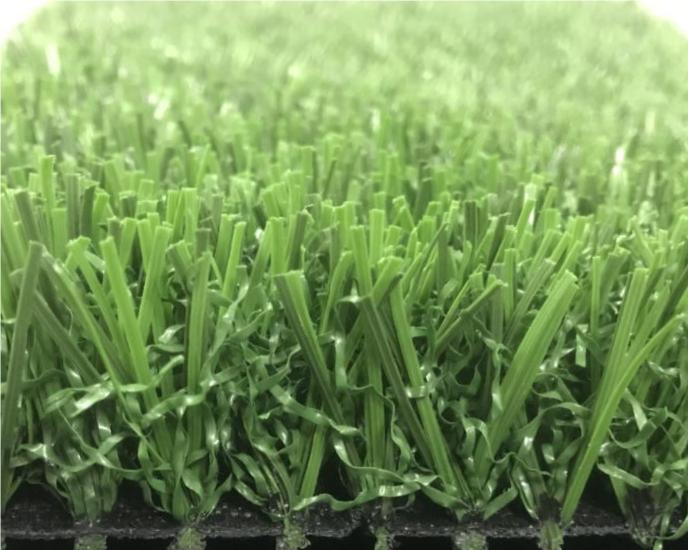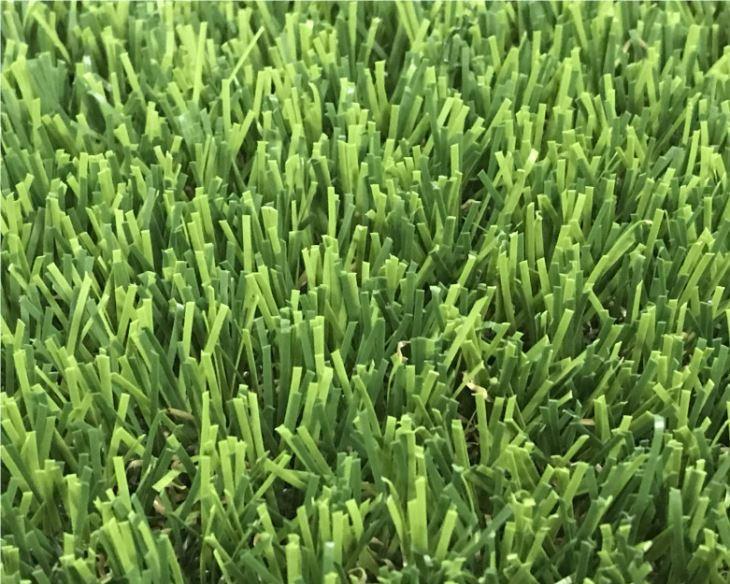How to distinguish the quality of an artificial turf, in order to ensure the health and safety of the user, how to identify whether the additives in the artificial turf exceed the standard?
The hazard identification of artificial turf layer mainly identifies toxic and harmful chemical pollutants in turf layer. Artificial turf layers usually contain chemical fiber materials, and chemical fiber materials often contain a large number of chemicals that affect health. For a small number of artificial turf manufacturers, in order to change the properties of chemical fiber, additives will be added to the raw materials, so that artificial turf has more new functions.
Of course, adding additives to the raw material of artificial turf will change the performance of artificial turf, and improper use of poor quality additives will cause secondary harm to artificial turf. Artificial turf additives include fillers, curing agents, plasticizers, stabilizers, flame retardants and colorants. Additives have a great impact on the quality of artificial turf.
Adding fillers to artificial turf layers is mostly environmentally friendly. Most fillers have a reinforcing effect and alter the performance of plastic turf. Fillers occupy about 40%-70% of the materials. Commonly used fillers are graphite and mica. Of course, the use of fiber fillers can improve the structural strength of materials; for example, mica fillers can enhance the electrical insulation of raw materials; graphite can improve the wear resistance of raw materials.
Inferior artificial turf layers need to be added with a curing agent in order to make the turf layer into a body-like network structure, making it a relatively hard and stable rubber product; however, different turf layer resins have different curing agents. Such as phenol resin added hexamethylenetetramine.
The hazards of the above two additives are that the chemical fiber material has certain harm to the environment and the human body; hexamethylenetetramine can cause dermatitis and eczema in the human body. So please stop using this kind of unqualified artificial turf products immediately when the human body is unwell, please go to the local hospital for examination and treatment immediately.
Dioctyl terephthalate is commonly used for poor-quality artificial turf plasticizers. Plasticizers mainly improve the plasticity and flexibility of raw materials during processing. Plasticizer hazards: irritating to the skin and mucous membranes, with mild sensitization; those who take it by mistake can cause symptoms such as nausea, dizziness and toxic nephritis.
Generally, the higher the molecular weight of the poor quality artificial turf stabilizer, the weaker the stabilizer is. Poor artificial turf stabilizers are usually lead and sodium compounds. Lead compounds affect children's intellectual development; sodium compounds can compress the bones and cause pain. Lawn flame retardants are inorganic substances such as antimony oxide, toxic gases, etc. This compound harms developmental toxic neurological effects. If lawn colorants are added with organic and inorganic compounds, such as benzopyrene, it is a carcinogen.


Post time: Aug-11-2022
